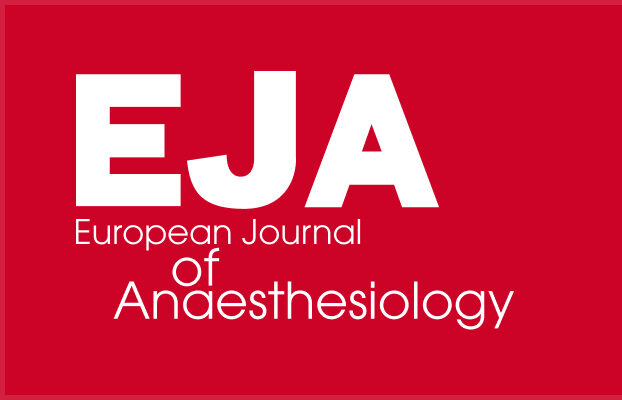Safer Care to Save Lives (SCSL)
The ESAIC Board, the ESAIC Patient Safety and Quality Committee and its Patient Safety Partners are pleased to announce the start of a new Patient Safety programme project – the ESAIC Safer Care to Save Lives (SCSL) Ambassador’s Programme.

About
The ESAIC PSQC has a long term strategy to create ambassadors in Patient Safety who can champion the role of safety implementation in their own hospitals and institutions, at the same time targeting healthcare leaders to initiate change. This top-down/bottom up approach is the most effective strategy for creating long-lasting safety reform.
The ESAIC Safer Care to Save Lives (SCSL) Patient Safety Ambassador’s programme contains the elements to achieve these goals through education, peer to peer networking, inter-hospital PS reviews and the promotion of the Helsinki Declaration in Anaesthesiology, a recognised leadership statement on what is practical to improve patient safety in anaesthesiology.
Healthcare professionals who complete all the elements of the Safer Care to Save Lives (SCSL) Patient Safety Ambassador’s programme, will be recognised officially as ambassadors for Patient Safety in a dedicated celebration ceremony at Euronaesthesia.
This programme includes the following content:
- The Essential Patient Safety Course, a series of eLearning modules for the beginner
- The Advanced Patient Safety Course, a certified course for those more advanced in their understanding
- The Patient Safety and Quality Masterclass, a deeper, faculty-lead experience covering 3 days
The Patient Safety Training Programme is a complete training path aimed at providing key knowledge on patient safety in acute settings: intensive care, anaesthesiology and perioperative care and emergency settings. It is built on the overarching principles of the Helsinki Declaration on Patient Safety in Anaesthesiology, the Consensus Statement of the recent multi Society Patient safety Summit at the European Parliament, and the WHO Multi-professional Patient Safety Curriculum. It follows a stepwise, blended educational approach, including both online on-demand and LIVE (either online or face-to-face) education.
Background
The European Society of Anaesthesiology and Intensive Care (ESAIC) is the leading European organisation for members and national societies for Anaesthesia, Critical Care, Pain and Perioperative Medicine in Europe. Its vision is to promote the professional role of anaesthesiologists, to improve perioperative patient outcomes by focusing on the quality of care and patient safety strategy through the implementation of the Helsinki Declaration for Patient Safety in Anaesthesiology (HD), the promotion of high-quality training and education, endorsed by a robust system of examination and certification.
Preventable patient harm is an important challenge in anaesthesiology and perioperative care. As a response, the HD has been launched in 2010 by EBA and ESAIC. Widely recognised as a practical framework for improving patient safety, the HD has been signed by all European National Anaesthesiologists Societies (NAS) and many international societies.
To date, ESAIC provided online content in the form of a Starter Kit and high-quality patient safety education through small scale courses performed on yearly basis in the English language, initially linked to Euroanaesthesia as the former European Patient Safety Course, and more recently, through the Patient Safety and Quality Masterclass.
In the meantime, ESAIC launched the HD Follow Up project to evaluate the adoption of the HD in Europe, to identify variations and barriers in the implementation process, and to develop instruments for better implementation by the use of multi-method approaches. The project was directed and coordinated by the ESAIC PSQC, supervised by the ESAIC Board, and advanced by a multidisciplinary project team.
A number of recommendations for education, research, policy and practice are made at the end of the report, but key possible measures include:
- Create and maintain structures for safety education both in training curricula and for established specialist anaesthesiologists.
- Promote a ‘no blame’ culture to encourage the reporting and open discussion of threats to patient safety.
- Greater involvement of patients in the promotion of safe practice.
- Establish and maintain regional networks within Europe to share practices and solutions appropriate to available resources.
To fill these gaps, the ESAIC aims to design this tiered education training programme, Safer Care to Save Lives, aimed to be available and affordable for all anesthesiologists, intensivists, linked health care professionals and patients in Europe.
The Safer Care to Safe Lives program will help implement a modern patient safety culture throughout the continent and beyond.
This programme recognised the importance of including all stakeholders in the journey to find solutions to creating safer patient care.







